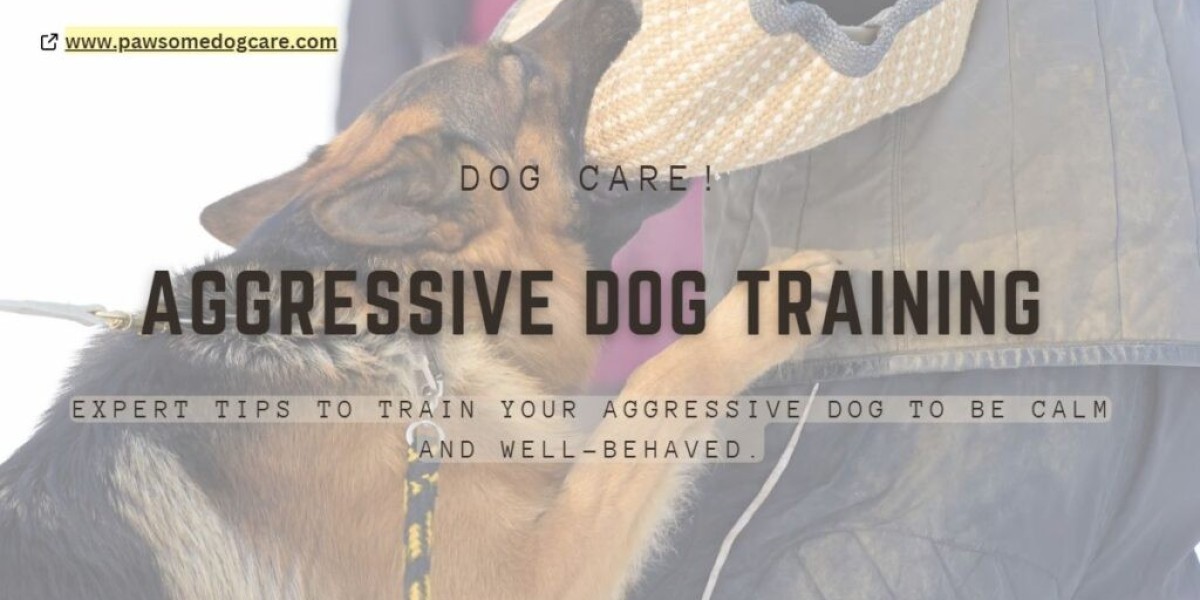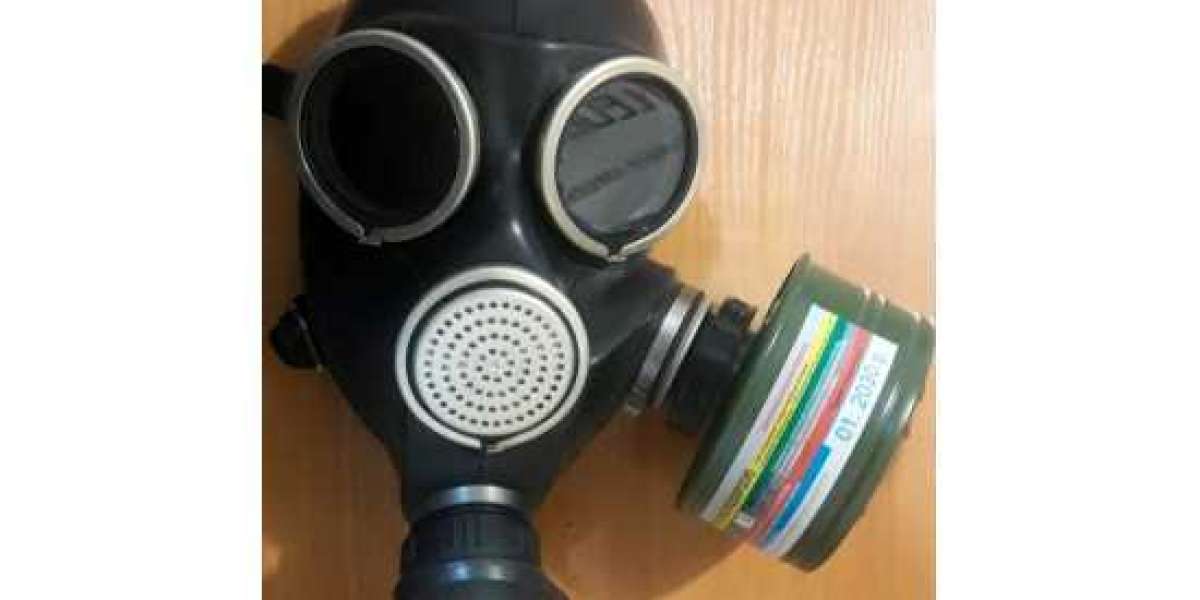Dealing with anaggressive dogcan be challenging and stressful for both the owner and the pet. However, with the right techniques and guidance, it is possible to train your dog to be calm and well-behaved. In this article, we will provide you with practical tips and insights to help you transform your aggressive dog into a happy and obedient companion. Lets dive into the world of effective aggressive dog training!

Understanding the Root Causes:
Before we begin discussing training tips, its crucial to understand the underlying causes of aggression in dogs. Aggression can stem from fear, frustration, territoriality, possessiveness, or a lack of socialization. Identifying the cause will help you tailor your training methods to address the specific issue.
Seek Professional Help:
If your dogs aggression is severe or you feel overwhelmed, it is best to consult with a professional dog trainer or behaviorist. They have the expertise to assess your dogs behavior and design a personalized training plan. Professional guidance can ensure both you and your dog remain safe throughout the training process.
Establish a Consistent Routine:
Dogs thrive on routine and structure. Establishing a consistent daily routine will provide your dog with a sense of security and stability, reducing anxiety and aggression. Make sure to establish set times for meals, exercise, training, and relaxation. Consistency in your interactions with the dog will also reinforce positive behaviors.
Socialization:
Proper socialization is crucial for curbing aggression. Gradually expose your dog to various people, animals, and environments in a controlled manner. Start with calm and friendly encounters, rewarding positive behavior with treats and praise. Over time, your dog will learn to associate new experiences with positive outcomes, reducing their aggressive tendencies.
Positive Reinforcement Training:
Positive reinforcement is a highly effective training method for aggressive dogs. Reward your dogs calm and non-aggressive behavior with treats, praise, and affection. This encourages them to repeat those desirable actions. Avoid using punishment or forceful techniques as they can exacerbate aggression and damage the trust between you and your dog.
Leash Training and Distraction Techniques:
Leash training is essential for controlling your dogs aggression when out in public. Teach your dog to walk calmly on a leash and respond to basic commands like sit, stay, and leave it. Leash training allows you to redirect your dogs attention and prevent potential aggressive encounters.
Provide Mental and Physical Stimulation:
Boredom and excess energy can contribute to aggressive behavior. Engage your dog in mentally stimulating activities like puzzle toys, obedience training, and interactive games. Regular physical exercise, such as walks or playtime, helps release pent-up energy and promotes relaxation.
Consistent Boundaries and Leadership:
Establishing yourself as the pack leader is essential for an aggressive dog. Set consistent boundaries, rules, and limitations, and enforce them firmly but kindly. By assuming a leadership role, you provide your dog with a sense of security and guidance, reducing anxiety and aggression.
Conclusion:
Aggressive dog training requires patience, consistency, and a deep understanding of your dogs needs. By implementing the tips and techniques discussed in this article, you can create a positive and calm environment for your furry friend. Remember, every dog is unique, and progress may take time. With proper training and guidance, you can help your dog overcome their aggression and build a strong bond based on trust and respect.
Remember, training anaggressive dog takes time and effort. Be patient and persistent, celebrating even the smallest victories along the way. With proper training and guidance, you can help your dog overcome their aggression and build a strong bond based on trust and respect. Always prioritize the safety and well-being of both your dog and those around them.








